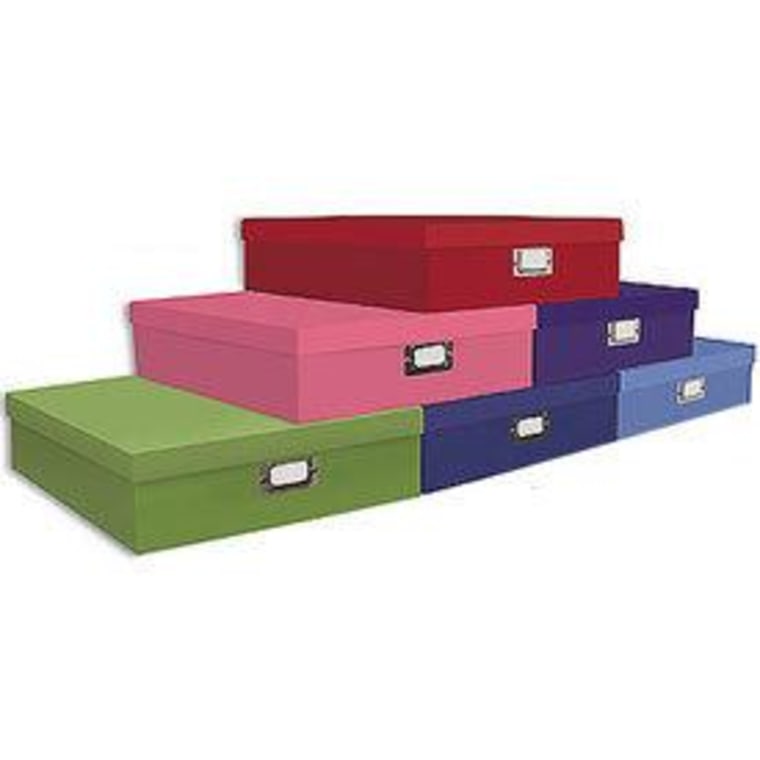If you believe Jay Z and Alicia Keys, “New York City is a concrete jungle where dreams are made. Its streets will make you feel brand new. Its big lights will inspire you.” But searching for an affordable place to live in this urban paradise is about as pleasant and pain-free as dental surgery.
It’s a rite of passage for most New Yorkers to have some sort of war story about their first dumpy apartment in the city. When I moved to Manhattan almost ten years ago, I rented a 50 square foot room which easily could have doubled as a broom closet. At the bargain price of a $1,000 a month, it had a single bed, a modest closet, no windows, as well as the occasional water-bug (a New York euphemism for gargantuan cockroach).
In an effort to accommodate the overwhelming influx of singles to urban locales, some U.S. cities are experimenting with building “micro-apartments.” Following the lead of cities like Paris and Tokyo, these units would range anywhere from 200 to 400 square feet. The average size of a studio apartment in Manhattan is 500 square feet. As of May, average rents hit an all-time high of $3,438 a month, with an average of $2,065 a month for a studio.
New York Mayor Michael Bloomberg recently approved a pilot project to construct a building of “micro-units” on the east side of Manhattan. Construction could begin as early as 2013. Meanwhile, San Francisco is in the midst of deliberating over legislation that would decrease the minimum size for apartments, allowing developers to build units as small as 220 square feet. It’s expected the units will rent below the current market for studios in their respective cities, but no one is offering any concrete figures.
But should these units be marketed as “affordable housing”? What if they simply evolve into convenient crash pads for people with all-consuming jobs or those who already own a home in the suburbs but want a second apartment in the city? Or will they be a Mecca for the next generation of Trustafarians (privileged white kids who live like hippies but have no worries about money or finding a job). New York City is overrun with them too.
While micro-units could be an interesting experiment and possible solution for people who need urban housing at a less exorbitant price tag, cities should tread carefully and examine the possible social and public health ramifications. What is the psychological impact of more people living in micro-dwellings? And what if these units gradually bring down building standards and quality of life for everyone else? For example, Singapore has recently placed a limit on the number of small apartments developers can build in an effort to encourage more diverse and family-oriented housing.
In the meantime, writing this piece has given me a renewed sense of gratitude for my own Manhattan, 650 square foot one-bedroom apartment in a four story walk-up with no laundry. Compared to many in New York and cities around the world, I’m living in the lap of luxury.
